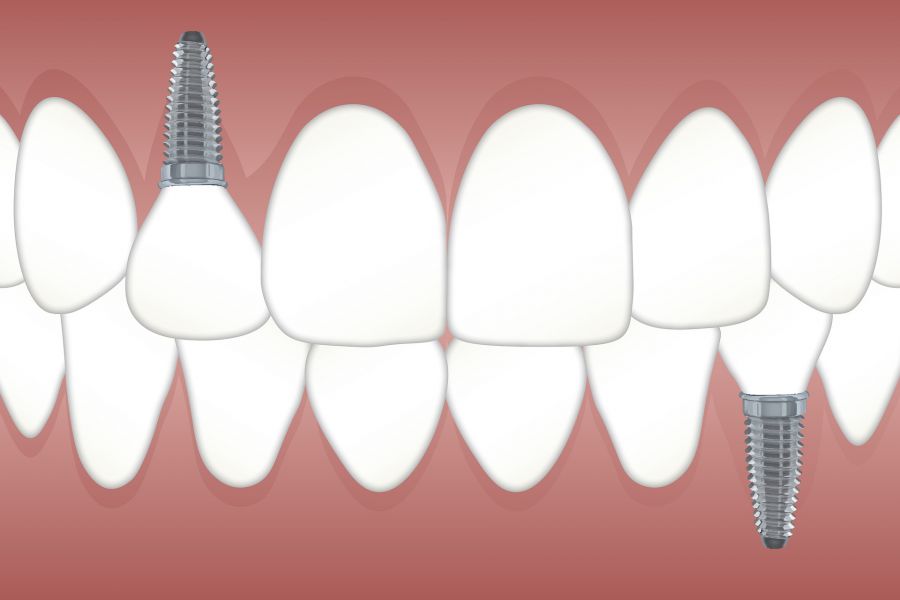Implants vs Crowns vs Bridges

Dental Implants vs Crowns vs Bridges – What Should You Choose?
Cosmetic dentistry offers a variety of treatments for different dental issues. These treatments vary based on the severity of the issue. The most severe dental issues can seriously damage a person’s dental look. These include decayed, chipped, or broken teeth.
Such problems can put a dent on a person’s confidence, and their personality. Dental treatments for these issues can aesthetically restore the patient’s smile. It helps them achieve an enhanced dental look, and supplements their personality.
Two such treatments are the placing of crowns, bridges, or attachment of implants. It is easy to be confused between the three, as they might appear similar. These treatments vary based on several factors. Below we try to differentiate between them, which will help you choose the best option.
The Main Differences of Crowns/Bridges/Implants
Crowns
Crowns are the preferred choice for decayed teeth. A crown is placed on the damaged tooth, fully covering it. It is bonded to the tooth with an adhesive and acts as a protective covering for it..
Bridges
Bridges are used to fill in the gaps between teeth. They need support from the adjacent teeth for filling the gaps. The crowns on either side of the bridge are bonded to the adjacent teeth. The middle part of the bridge then rests on the gap.
Implants
For broken or beyond repair teeth, implants are the better choices. Implants involve fusing a titanium screw to the jawbone. Once healed, crowns or bridges can be placed over the implant.
The Surgical Phase
Crowns are about 7 mm thick and require scraping of the tooth to cater for their thickness. Crowns aren’t suitable if a tooth is significantly eroded. This is because such teeth don’t have enough material on them to be removed. Crowns with reduced thicknesses are brittle and can easily break. Bridges also require scraping from adjacent teeth to make room for their crowns. This means that the adjacent teeth need to be in perfect condition prior to bridge placement. Placing both crowns and bridges requires a few weeks.
All three procedures are invasive, but implants involve a higher degree of surgery. The implants also need 2-3 months to fuse with the jawbone. This is known as the healing process. The placement of a tooth-like structure on the implant follows this part. This makes implant placement the longest of the three procedures. There are certain risks associated with implants. The jawbone removal can result in infections without sufficient care. The jawbone also needs to be strong for this procedure.
Durability and Cost
Bridges and crowns are brittle and can fracture with improper care. With enough care, they can last for 10-15 years. Bridges also pose the risk of “slipping” from their position. They then have to be put back into place by the dentist. Implants are stronger and present a much lower risk of breaking. They are also remain fixed in their place, and there is no risk of slipping. Implants are also more durable and can last up to 25 years.
With the procedure involved, it is quite clear that implants are costlier than crowns and bridges. Their greater cost is, however, justified by their reliability.
Conclusions
There are a few considerations required to select the best option. If you can’t afford to spend much, and your dental condition allows for it, crowns are the best option. For lost teeth, bridges are the more economical choice. Implants cost way more than the other two choices, but are the most reliable of the lot.